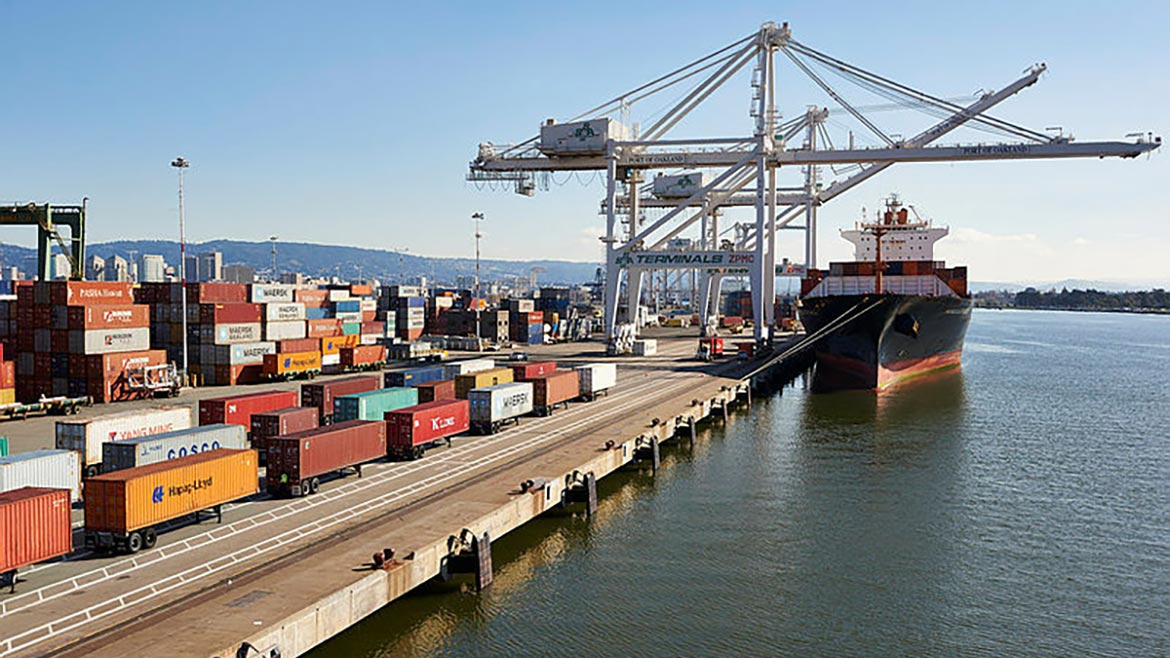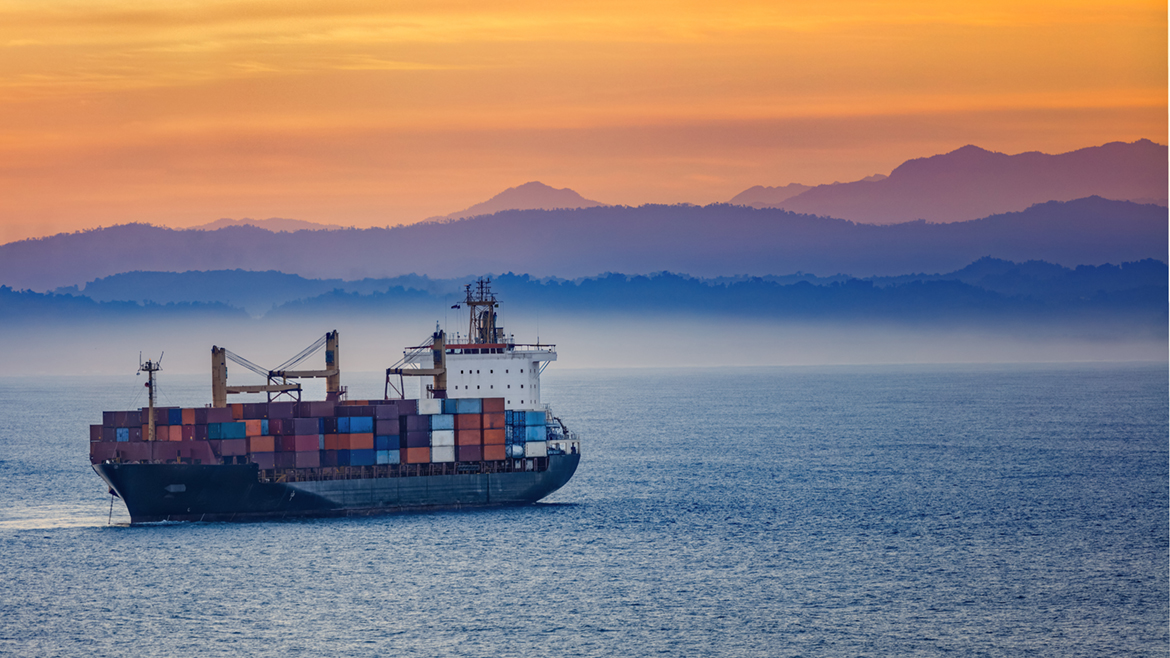Feb 19, 2021
Posted by Ian Bown, Technical Manager, Marine Engine Oils
In shipping’s transition to clean fuels, cylinder lubricant may seem an unlikely hero. But by protecting shipowners’ engine assets from the most challenging characteristics of these fuels, lubricants will play a critical role in ensuring safe, efficient and reliable operations.
Oils will have to change. More sophisticated additive chemistries will be needed to keep engine condition issues at bay and to reach the higher levels of performance demanded by OEMs. This is not a fanciful projection; the transition has already begun.
Before 2020, most marine engines burned high-sulfur fuel oil. These fuels required lubricants with a high level of alkalinity (indicated by a high base number, or BN) to neutralize sulfuric acid that could be formed in cylinders and cause corrosion. Supplementing the base oil with highly alkaline detergent additives served a dual purpose, neutralizing any acid in the cylinders while preventing the formation of engine deposits.
Traditional low-sulfur fuel oils, such as the 0.1% marine diesel oil required in sulfur Emission Control Areas (ECAs), were mainly distillates that did not suffer from the corrosive potential associated with high fuel sulfur content but still required the deposit handling performance associated with residual fuels. This was when lubricant suppliers first recognized the need to decouple acid neutralization from piston cleanliness.
Decoupling Begins
That challenge changed gears with the widespread adoption of very low sulfur fuel oil (VLSFO) once IMO’s global 0.5% limit on fuel sulfur came into force in 2020. Our research in the lead up to 2020 had revealed that many VLSFO blends would still require robust cleaning power to prevent cylinder and engine issues, but without the high basicity provided by conventional detergents. The question was how to maintain a lubricant’s cleaning capability without the high base number.
Our answer was to provide an additive package that balanced conventional detergents with dispersants – offering deposit protection without adding BN. The approach has been confirmed in 2020. Some incidences of engine scuffing reported since January have been at least partly attributable to the use of legacy low-BN oils that were designed in 2010, for mainly 1.0% sulfur distillate fuels, and therefore do not offer the robust protection needed for highly variable VLSFOs.
It is not just shipping’s fuels that are changing. So too are the expectations of engine developers. MAN Energy Solutions has dramatically changed its requirements for lubricant performance, particularly with regard to its latest engine models (mark 9 or higher). While the change has been flagged by MAN since late 2019, it was originally thought that either lubricants designed specifically for VLSFO or high-quality legacy products for use with other low-sulfur fuels would be acceptable.
In mid-2020, it became clear that no low-BN products offered the cleanliness that MAN expected from its Category II list of lubricants, suitable for its newer engine models. The OEM instead sought ‘spotless’ performance even from low-BN products. Later, MAN clarified that a BN40 product destined for use with VLSFO on its modern engines would need to offer a similar level of cleanliness to a BN100 oil designed for use with high-sulfur oil (and packed with high-base detergents).
MAN’s new requirements will have a profound impact on the performance demanded from cylinder oils and, without the option of recourse to high-BN detergents, on the volume of additives required in a low BN lubricant. And while this will only affect oils for modern engines initially, MAN’s original service letter suggested that it would retire Category I (covering older engine designs) by May 2022. That date may change—MAN has already extended the deadline for assessing Cat II oils—but sooner or later the performance requirements will be harmonized for all MAN engines.
That point will mark a substantial increase in performance across the market. While ship operators with older engine designs might well baulk at having to use a high specification lubricant, the trade-off will be engine assets that stay cleaner and last longer.
Future Fuels
The new fuel blends that have emerged for IMO 2020 and increasing performance demands from engine designers will drive the development of sophisticated additive chemistry. These trends will only accelerate as shipping begins to look to alternative fuels, each with their own sets of challenging characteristics.
Liquefied natural gas (LNG) is the most widespread of the ‘alternative’ fuels and is anticipated to become an important part of the fuel mix towards 2050. While gas-fuelled ships make up 0.5% of vessels in service today, that rises to 10% when vessels on order are included. As we already have some experience of LNG engine operations, it is an ideal place to start examining how alternative fuels may affect engine condition and influence lubricant performance requirements.
Diesel- and Otto-cycle dual-fuel engines both have combustion characteristics that can lead to challenges including deposits, cylinder wear and broken piston rings. These issues occurred where the high temperatures of gas combustion challenged the integrity of cylinder lubricants. As a result, cylinder lubricants with higher thermal tolerance need to be developed to suit these more severe conditions. This includes the use of novel anti-wear, antioxidant and dispersant additives.
Although we still do not know enough about LNG, it is the devil we know. As more and more pilots and trials emerge for other fuels—including hydrogen, methanol and ammonia as well as biofuels—we are dealing with even bigger unknowns. From a lubricant additive developer’s perspective, there is a great deal of research and information gathering that needs to be done before we move towards testing. Our studies with VLSFO showed that even established laboratory tests may not identify relevant performance parameters. New lab testing methodologies are likely to be needed to draw more informed conclusions.
It is safe to say that these fuels will have their challenges, both due to their combustion behavior and their inherent properties. The well-known toxicity and corrosiveness of ammonia, for example, is bound to have some impact on engine condition. The role of lubricant additive specialists and cylinder oil suppliers will be to explore how lubricants can help to minimize that impact and extend the reliable service life of engines. As both future fuels and future fuel-enabled engines will be more expensive than today’s fuels and technologies, lubricants will also have a critical role to play in making these fuels viable by minimizing engine maintenance and repair costs.
Although we are only at the beginning of our journey towards understanding the impact of these fuels on engine condition, one thing is clear: advanced lubricant chemistries will be needed to pave the way for their use. The process started with the decoupling of BN from engine cleanliness performance this year lays the groundwork for that evolution.









